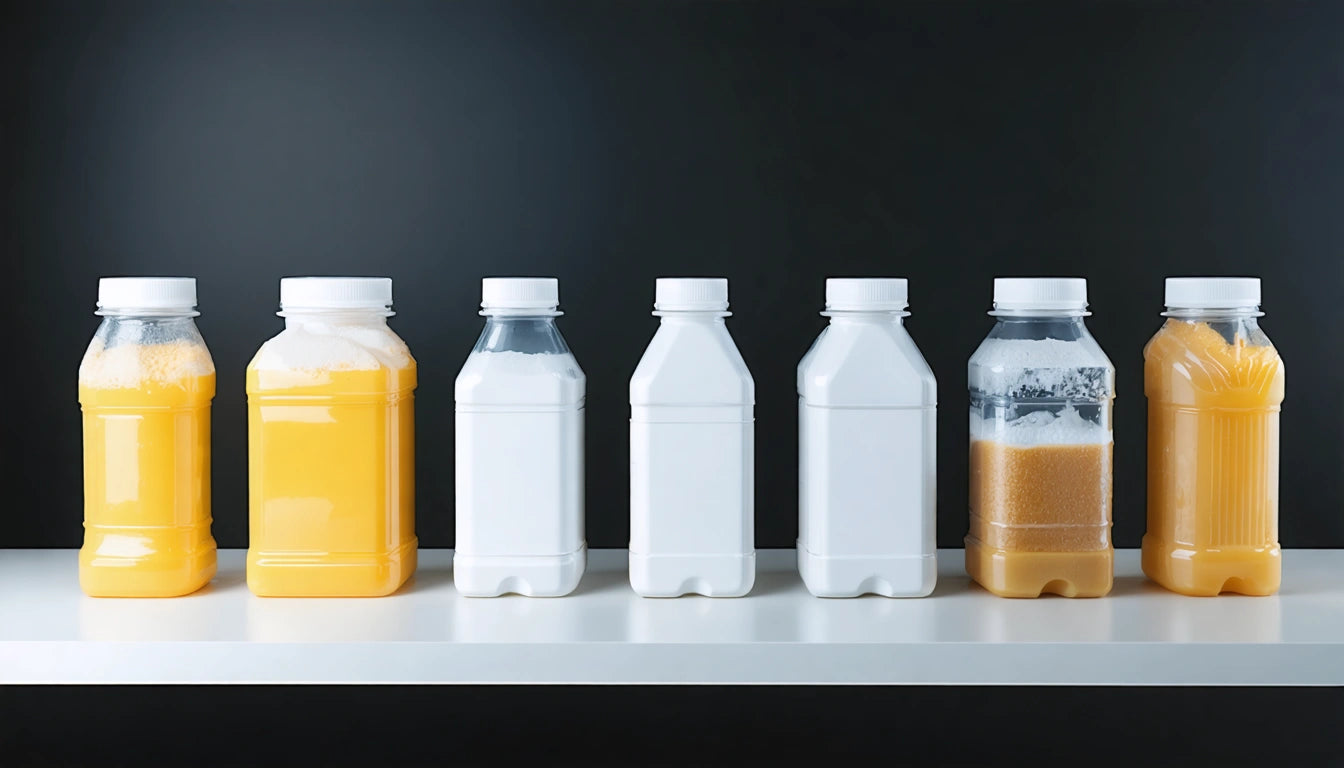Table of Contents
- How Hair Follicle Tests Work: The Science Behind Detection
- What Drugs Show Up in Hair Follicle Tests: Complete Breakdown
- Detection Window: How Far Back Can Hair Tests Detect Drug Use?
- Can a Hair Follicle Test Detect Infrequent Use?
- Secondhand Smoke and Hair Testing: Separating Fact from Fiction
- Preparation Strategies: What Works and What Doesn't
- Common Misconceptions About Beating Hair Follicle Tests
- Future Developments in Hair Testing Technology
Understanding Hair Follicle Drug Tests: Detection, Preparation, and Misconceptions
Hair follicle drug testing has become increasingly common in pre-employment screenings, legal proceedings, and monitoring programs. Unlike urine or saliva tests that detect recent use, hair tests can identify substances consumed months prior. This comprehensive guide explores what drugs show up in hair follicle tests, how these tests work, and addresses common questions about preparation and potential false positives.
How Hair Follicle Tests Work: The Science Behind Detection
Hair follicle tests analyze the hair shaft for drug metabolites that become trapped in the cortex of the hair as it grows. According to our detailed analysis of hair drug tests, the process begins when blood carrying drug metabolites nourishes the hair follicle, depositing these compounds into the growing hair.
Typically, laboratories require approximately 100-120 strands of hair cut close to the scalp. The standard sample length is 1.5 inches, which represents approximately 90 days of growth based on the average growth rate of 0.5 inches per month. For those curious about sample requirements, our guide on hair sample requirements provides more detailed information.
What Drugs Show Up in Hair Follicle Tests: Complete Breakdown
Hair follicle tests typically screen for a wide range of substances. The standard 5-panel hair test detects:
- Marijuana (THC metabolites)
- Cocaine (including crack)
- Amphetamines (including methamphetamine and MDMA)
- Opiates (heroin, morphine, codeine)
- Phencyclidine (PCP)
Extended panels may also test for:
- Benzodiazepines
- Barbiturates
- Methadone
- Oxycodone and other synthetic opioids
- LSD
The detection of cannabis in hair is particularly complex, as explained in our analysis of cannabis detection windows. THC metabolites bind less readily to hair compared to other substances, but improvements in testing technology have increased sensitivity.
Detection Window: How Far Back Can Hair Tests Detect Drug Use?
The standard 1.5-inch hair sample can detect drug use from approximately the past 90 days. However, longer hair samples can theoretically extend this window. Each half-inch of hair represents roughly 30 days of history, so a 3-inch sample could potentially reveal drug use from up to 180 days prior.
It's important to note that drugs don't appear in hair immediately after use. There's typically a 5-7 day lag between consumption and the appearance of metabolites in hair that grows above the scalp. This creates a small detection gap between very recent use and when those metabolites become testable.
Can a Hair Follicle Test Detect Infrequent Use?
One of the most common questions is whether hair tests can detect infrequent or one-time use. The answer depends on several factors, including:
- The specific drug consumed
- The quantity used
- Individual metabolism
- Hair characteristics
For most substances, a single use may be detectable, though the concentration might be near the cutoff threshold. Cannabis presents a unique case, as our comprehensive guide on marijuana detection explains. Due to lower binding affinity, occasional cannabis use is less likely to register compared to other substances.
For those concerned about precise measurements, accurate digital scales can help measure substances with precision, though we always advocate for legal and responsible consumption in jurisdictions where cannabis is permitted.
Secondhand Smoke and Hair Testing: Separating Fact from Fiction
Many wonder if they can fail a hair follicle test due to secondhand smoke exposure. The scientific consensus suggests that passive exposure to marijuana smoke is unlikely to result in a positive hair test. The cutoff levels are designed to distinguish between actual use and environmental exposure.
However, extreme circumstances of prolonged, concentrated exposure in unventilated spaces could potentially lead to detectable levels. This is rare and would require extraordinary conditions not typically encountered in everyday situations.
Similar concerns exist regarding hemp products. As our analysis of hemp and drug testing indicates, commercial hemp products contain minimal THC and are unlikely to trigger positive results on properly calibrated tests.
Preparation Strategies: What Works and What Doesn't
For those facing an upcoming hair follicle test, there's considerable interest in preparation strategies. Our guide on passing hair follicle tests provides detailed information, but here's a summary of common approaches:
- Abstinence: The most reliable method is to stop using substances well before the testing period.
- Hair treatments: Some believe chemical treatments like perms, bleaching, or dyeing can reduce drug metabolites in hair. While these may partially reduce concentrations, they rarely eliminate detection completely.
- Specialized shampoos: Various detox shampoos claim to remove drug metabolites from hair. Scientific evidence supporting their effectiveness is limited.
- Shaving: While removing all body hair eliminates the preferred testing medium, this often raises suspicion and may lead to alternative testing methods.
Common Misconceptions About Beating Hair Follicle Tests
Several myths persist about how to cheat on a hair follicle test:
-
Myth: A single perm or bleaching will guarantee passing.
Reality: While chemical treatments may reduce metabolite concentrations, they rarely eliminate them completely. -
Myth: You can pass a hair test in just 2 days with special products.
Reality: No scientifically validated method exists to completely clear drug metabolites from hair in such a short timeframe. -
Myth: Hair from certain body parts won't test positive.
Reality: While growth rates and drug incorporation may vary slightly by body location, laboratories can test hair from virtually any body site.
It's worth noting that laboratories have developed methods to detect evidence of tampering, and suspicious samples may trigger additional scrutiny or alternative testing methods.
Future Developments in Hair Testing Technology
Hair testing technology continues to evolve, with improvements in both detection sensitivity and specificity. Newer techniques can distinguish between direct use and environmental contamination more accurately than earlier methods.
Research is also exploring genetic factors that influence drug incorporation into hair, potentially explaining why some individuals test positive after minimal use while others show negative results despite regular consumption.
As testing methods advance, the window for manipulation decreases. The most reliable approach remains abstention from substances that could trigger positive results, particularly when testing is anticipated.











Leave a comment
All comments are moderated before being published.
This site is protected by hCaptcha and the hCaptcha Privacy Policy and Terms of Service apply.